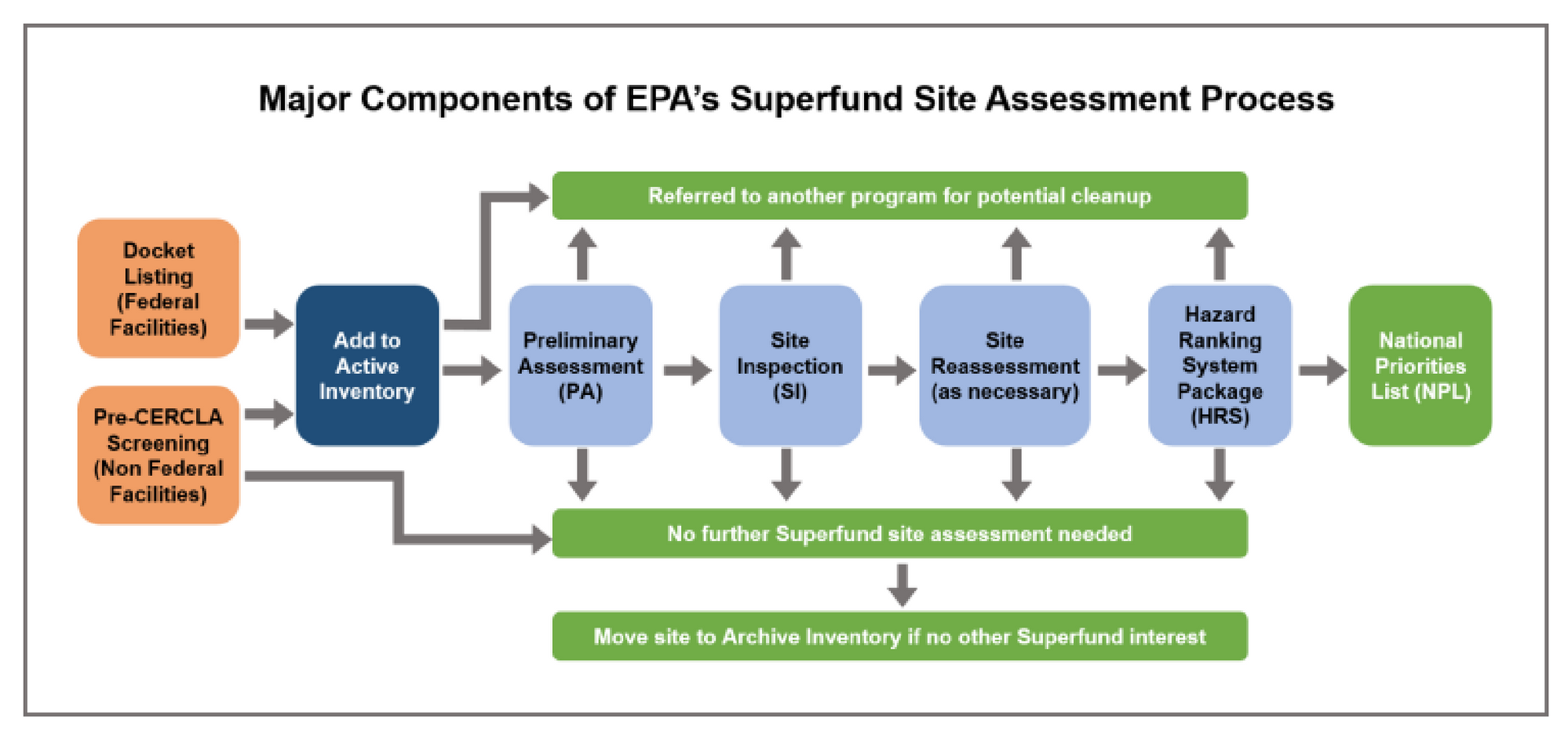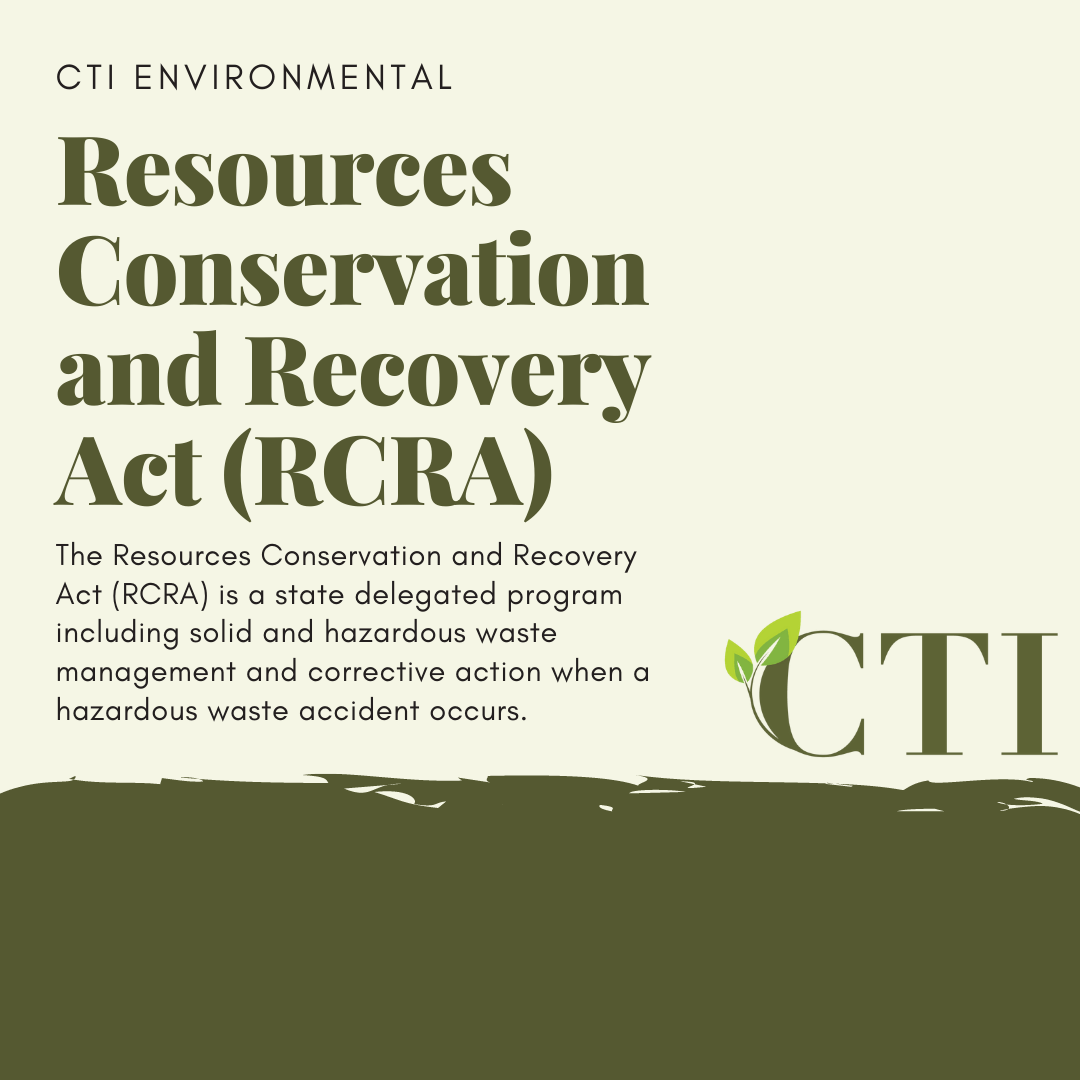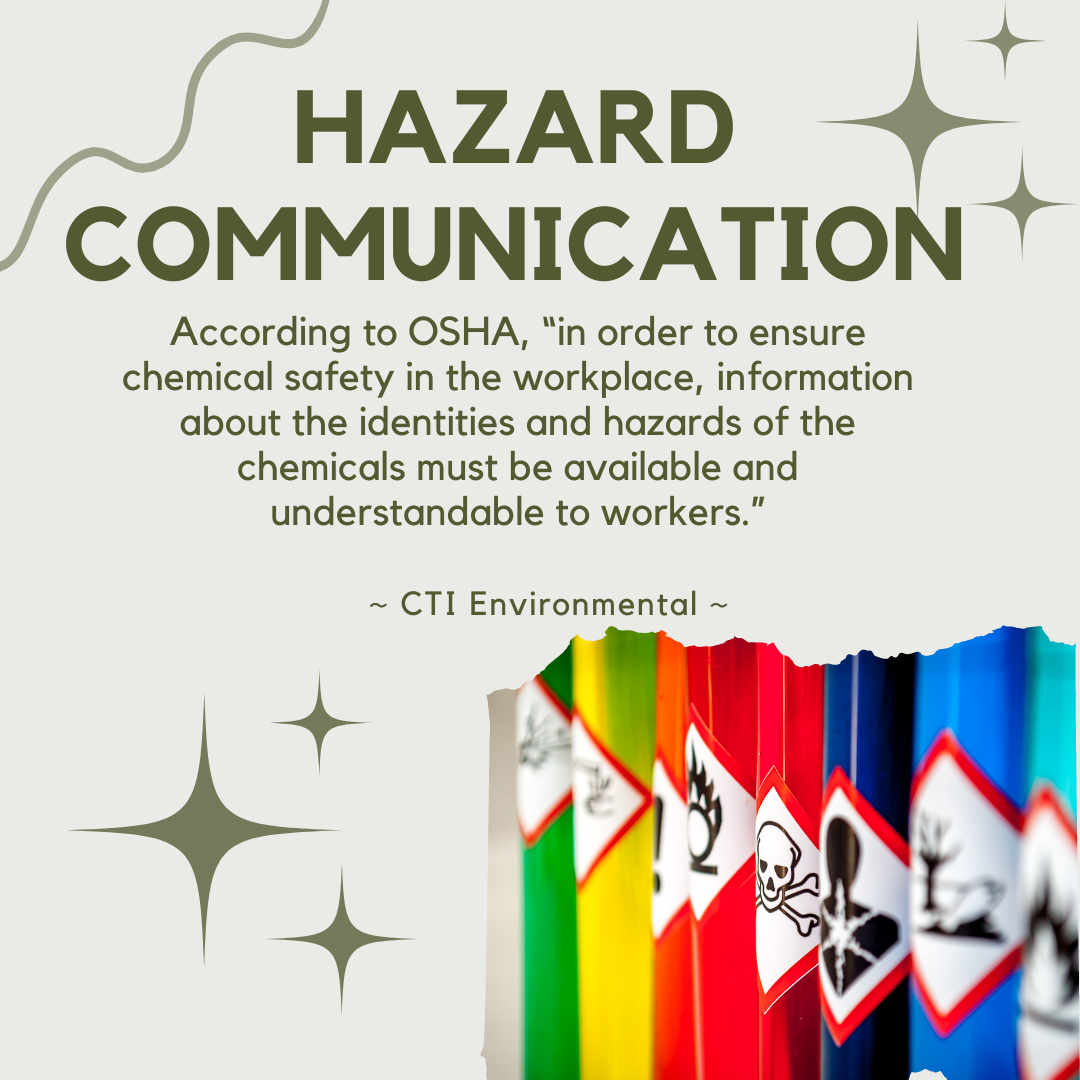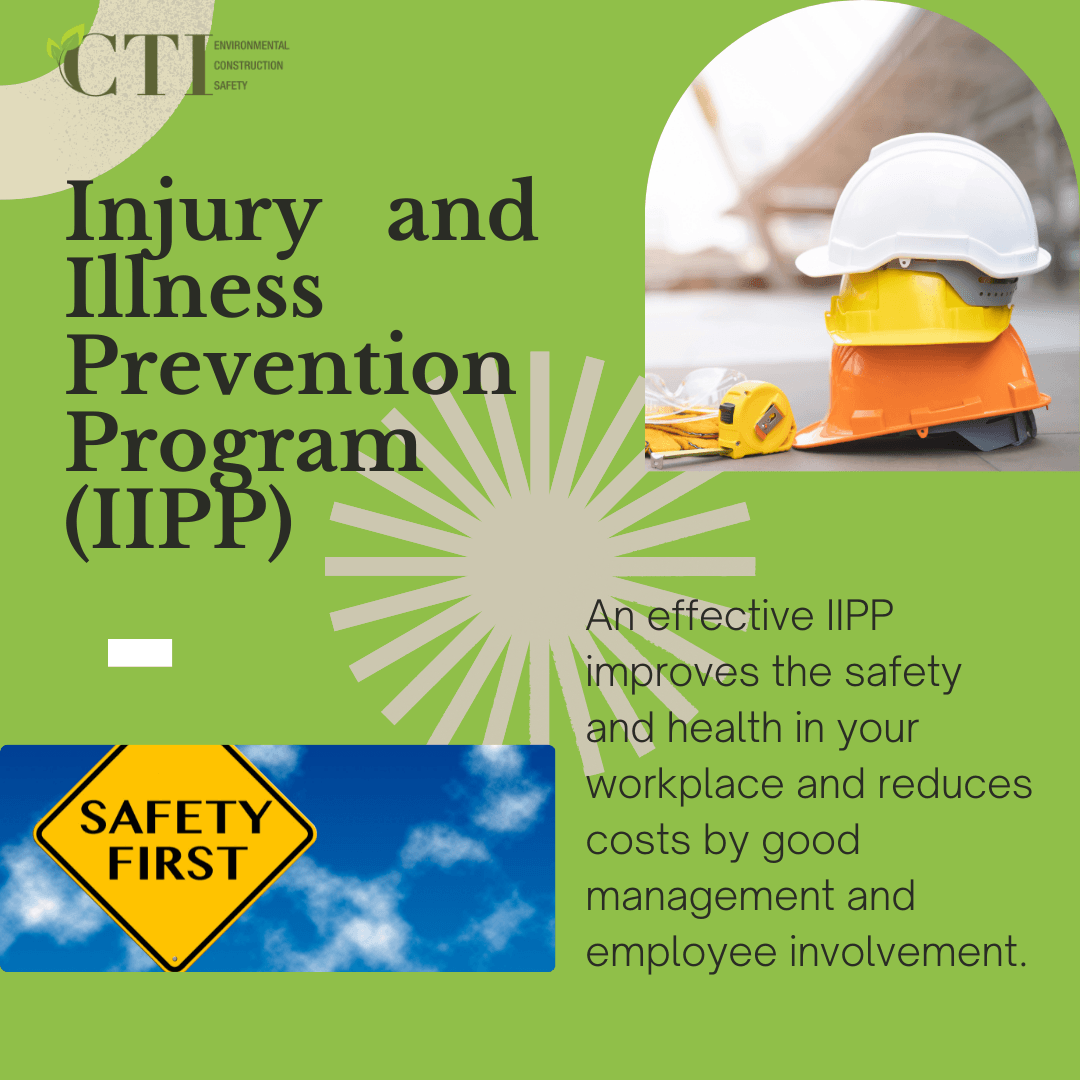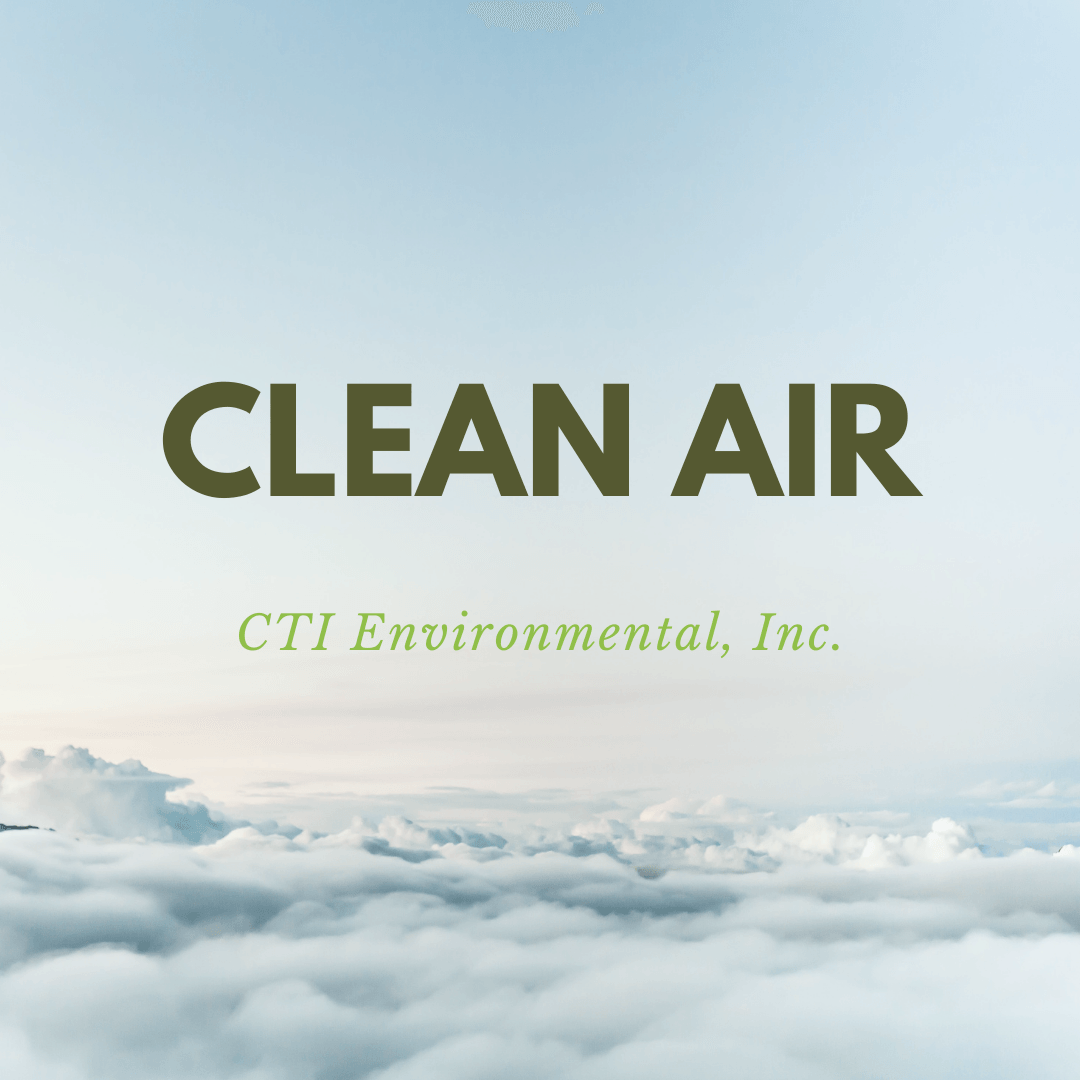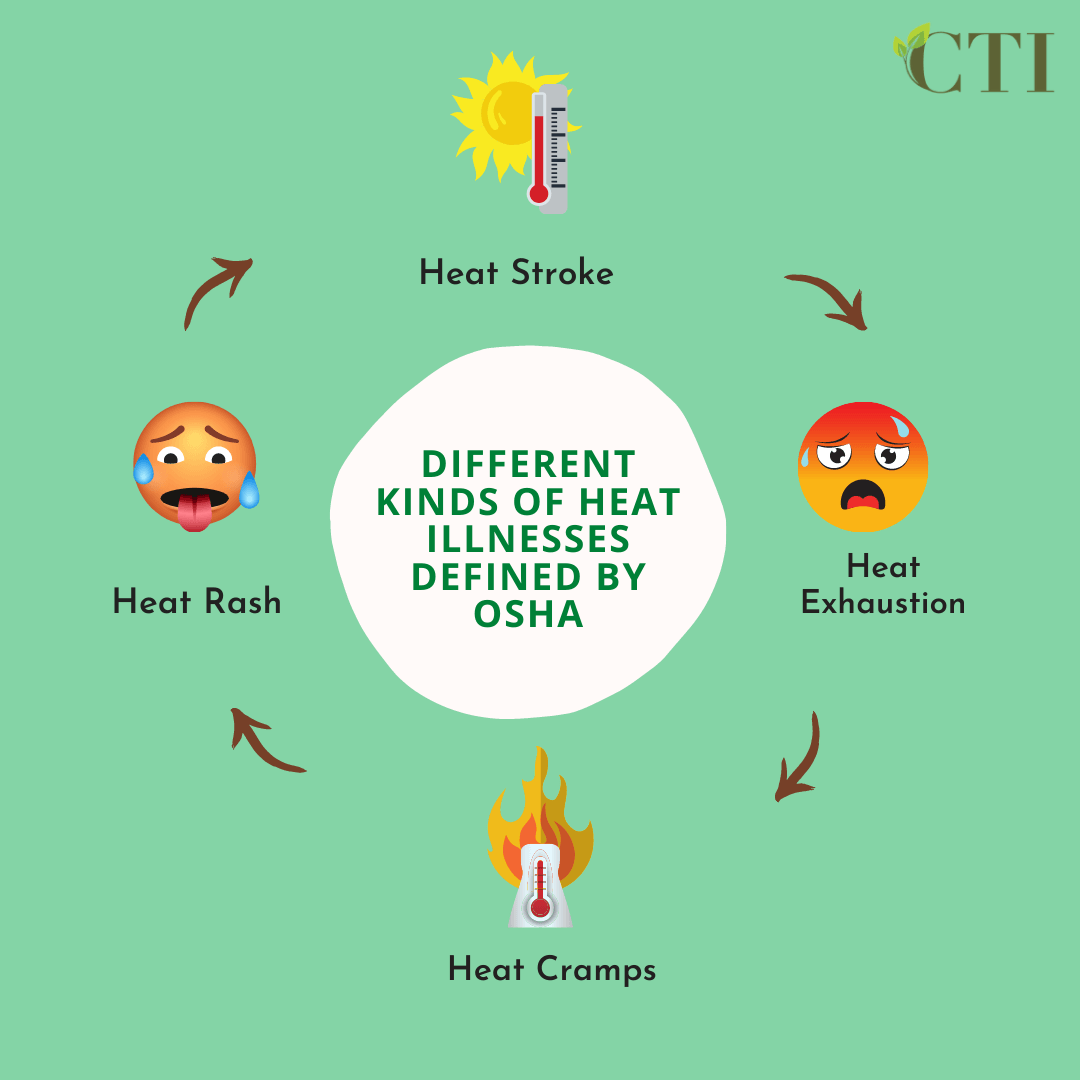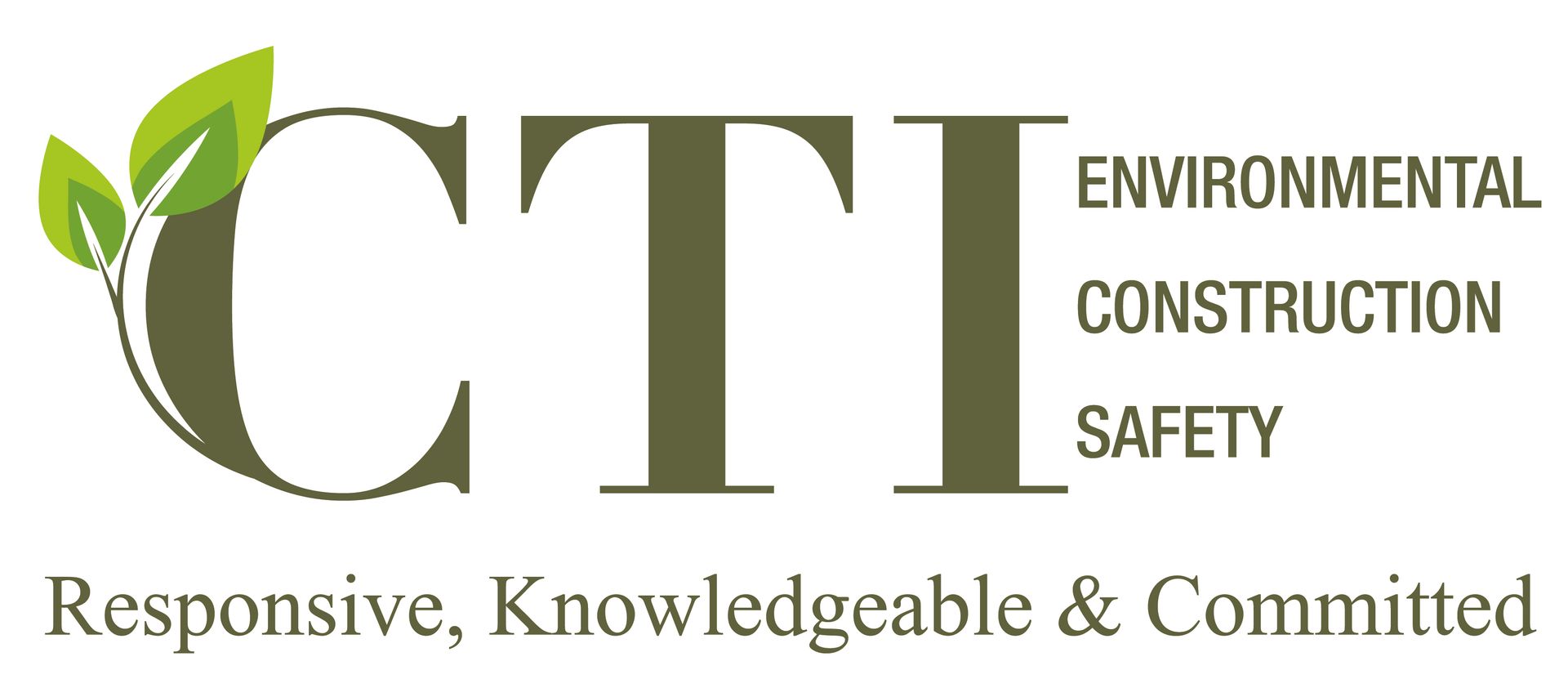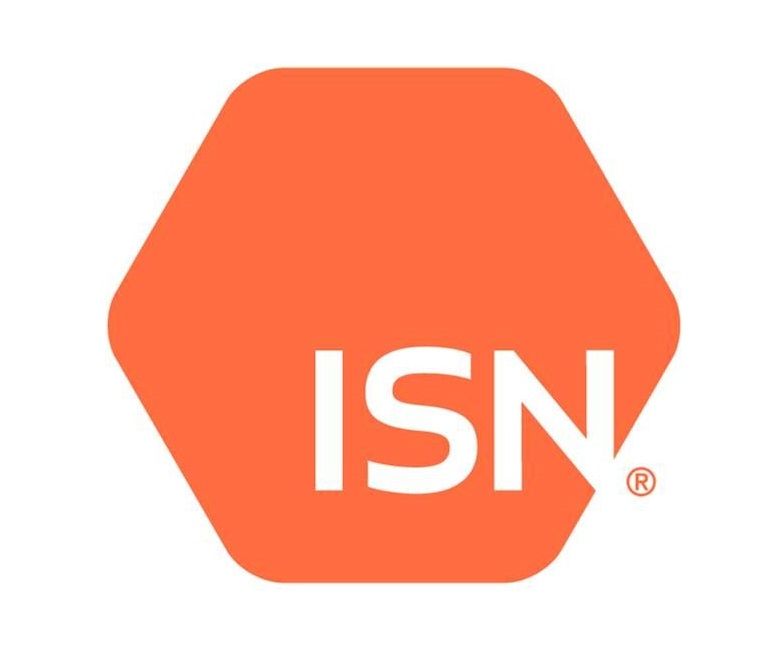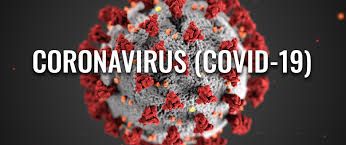Asbestos Inspections
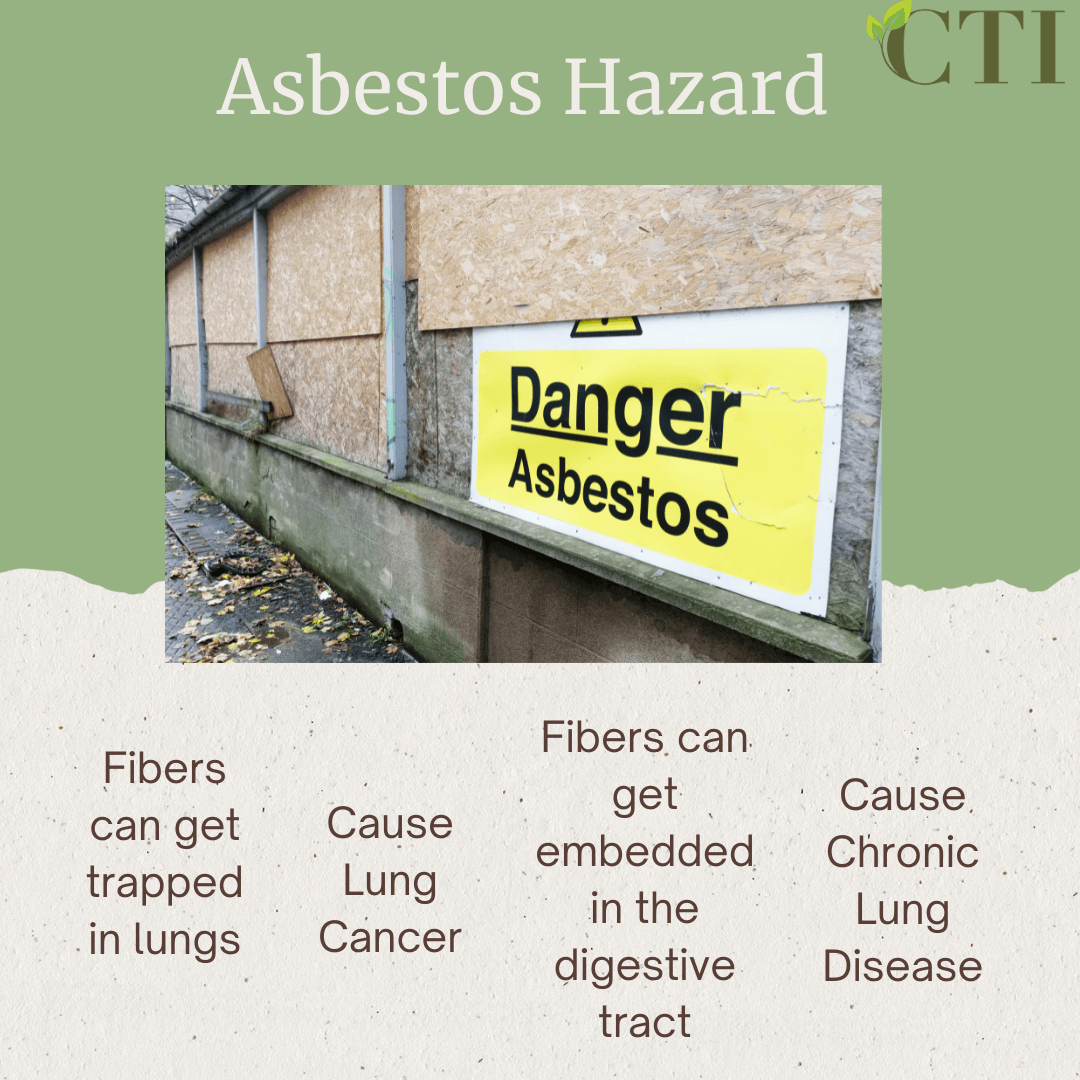
Asbestos Introduction
Asbestos is a hazardous material that needs to be remediated by a professional. According to OSHA, “Asbestos is a naturally occurring mineral fiber. It was used in numerous building materials and vehicle products for its strength and ability to resist heat and corrosion before its dangerous health effects were discovered.” Asbestos fibers are so small; the human’s naked eye cannot see them; therefore, workers are at increased risk. The mineral fibers include chrysotile, amosite, crocidolite, tremolite, anthophyllite, actinolite.
Asbestos Hazards
Asbestos fibers are hazardous when they are released and distributed by asbestos-containing materials. When Asbestos gets distributed in the air and inhaled in and trapped in the lungs. If it is ingested, the asbestos fibers can be embedded into the digestive tract. When this happens, it will cause chronic lung disease as well as lung cancer and other cancers.
According to OSHA, “The hazard may occur during manufacturing of asbestos-containing products; performing brake or clutch repairs; renovating or demolishing buildings or ships; or cleanup from those activities; contact with deteriorating asbestos-containing materials and during cleanup after natural disasters.” Before 1981 some materials contained Asbestos, such as:
- Thermal system insulation
- Roofing and siding shingles
- Vinyl floor tiles
- Plaster, cement, putties, and caulk
- Ceiling tiles and spray-on coatings
- Industrial pipe wrapping
- Heat-resistant textiles
- Automobile brake linings and clutch pads
OSHA standards
- General Industry: 29 CFR 1910.1001 covers work in general industry, such as exposure during brake and clutch repair, maintenance work, and manufacture of asbestos-containing products
- Shipyards: 29 CFR 1925.1001 covers construction, alteration, repair, maintenance, renovation, and demolition of structures containing Asbestos during work in shipyards
- Construction: 29 CFR 1926.1101 covers construction, alteration, repair, maintenance, or renovation and demolition of structures containing Asbestos
Reduce the hazards of Asbestos
According to OSHA, “The standards listed above reduce the risk of workers by requiring that employers provide personal exposure monitoring to assess the risk and hazards awareness training for operations where there is any potential exposure to asbestos.” When exposure occurs, employers are responsible for protecting the working by establishing regulated areas, controlling work practices, and developing engineering controls to reduce the airborne levels. The employers are also responsible for using administrative rules and providing personal protective equipment to all staff.
Asbestos Inspection
The inspection begins with a visual analysis of the affected building or material. Depending on the regulation, there will be a number of samples taken from each material. This process can take hours to a couple of days, depending on the size of the building being tested. After samples are taken it goes to the laboratory to be analyzed. Part of the inspection entails extracting small pieces of material from the building. AS we have learned above there are many materials that were built with asbestos and need to be tested today. After all samples are taken, a report will be written. If the asbestos levels are large, removal of asbestos may be required.
Citations
https://www.osha.gov/sites/default/files/publications/OSHA3507.pdf
https://www.airpf.com/blog/2019/may/what-to-expect-during-asbestos-inspection/
